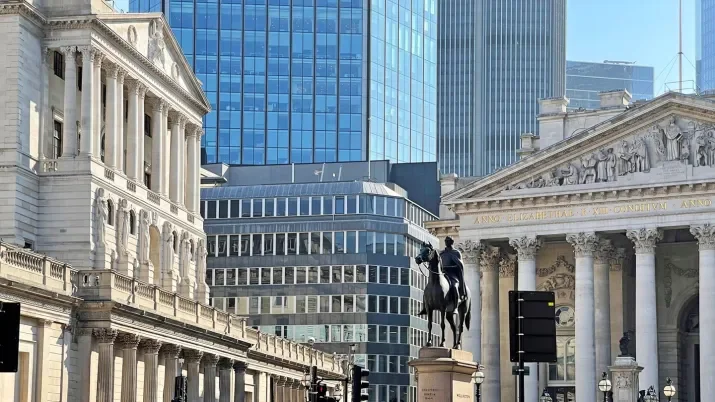What will turn this market around?
TwentyFour
The convergence has begun and with it we have seen a predictable increase in volatility. The question is, how far do the three need to converge before we have a buying opportunity once again?
Let's start with asset prices. As we wrote on Monday, valuations are clearly cheaper now
but they also have the capacity to fall further across all risk assets, not just fixed income. Bond yields have moved higher, but this has mainly been driven by the underlying rates move. Credit spreads themselves are still well supported by the ample liquidity in the system, but again, they still have room to widen from here.
In risk-free rates products, which many see as the catalyst for the current risk-off sentiment, we have seen a substantial upward move in longer dated rates, with the 10-year Treasury moving from around 1.30% in December to around 1.95% now. Though we would expect risk-free curves to move higher as the cycle matures and rate hikes filter through, this move has taken us a lot closer to where we currently believe peak or ‘terminal’ 10-year yields will reach.
Perhaps this particular market driver will start to calm down a little. For example, according to our current house view, the Fed will manage to raise rates seven times before it takes a meaningful pause. That would take the upper bound of the Fed Funds rate to 2%, and where would we expect 10-year yields to be at that point? We are confident the Fed would not hike into a flat curve, so if we say the spread on the 2s-10s UST curve was 50bp at that point, we plausibly get to a 10-year yield at 2.50%, which might be consistent with mid-to-late cycle conditions. We might also be closer to the end of the cycle if you believe the shorter cycle theory. In summary, we think further weakness is more likely to come from credit spreads than rates in the short term, but the markets have pulled back from late cycle valuations already.
Moving on to monetary policy, in our opinion the Fed is about to ‘lift off’ with rate rises in March and will push through several hikes this year; therefore, the convergence of monetary policy towards fundamentals and asset prices is about to begin, and at quite a rapid rate. However, there is still a great deal of uncertainty about how quickly the Fed needs to respond to building inflationary pressures. In addition, there is also uncertainty about when the Fed will begin quantitative tightening (reducing its balance sheet) and by how much, as this should force the curve higher and steeper, just in the opposite way that quantitative easing (QE) made it flatter and lower.
We also have concerns about the Fed's view that inflation will fall rapidly as the year progresses, and then rest not far from target by early 2023. To be clear, we agree it will fall, but not to the extent that the Fed hopes. The Fed pivoted in December, but this pivot has not yet extended to its medium term inflation forecast, so we think the market will need to absorb some additional negative news on inflation. Therefore, we think the March 15-16 Fed meeting is particularly important as we will know a lot more about these factors after the event.
Meanwhile, the economy sits in the middle; it is slowing but still in great shape, providing a supportive fundamental backdrop for risk asset prices, while bolstering the argument of those who view more persistent inflation as likely. Risk assets are unlikely to fall too hard while this driver persists.
So in summary, the convergence between monetary policy, the economic backdrop and asset prices has begun in earnest, which makes us a great deal more comfortable that a policy error is unlikely and, crucially, less likely to end this cycle prematurely. However, a disconnect remains, and the gap probably needs to converge further, especially as the monetary convergence is still merely talk. Therefore, we think it unlikely that markets will find their floor before we see real action from policymakers, or more clarity on the speed and magnitude of their actions.
Hence if you asked me what will turn this market around, my answer would be the same if you asked me what started the sell-off: the Fed. As a result, we think investors will need to be a little more patient before deploying the cash on the sidelines, unless of course asset prices drop more precipitously, which is not our base case. Ultimately, the moves we have experienced so far this year are entirely consistent with the onset of tightening financial conditions, and should eventually represent the first real intra-cycle buying dip of this new cycle.
The March 16 Fed press conference really is a key date for fixed income investors and one that participants will follow very closely.


